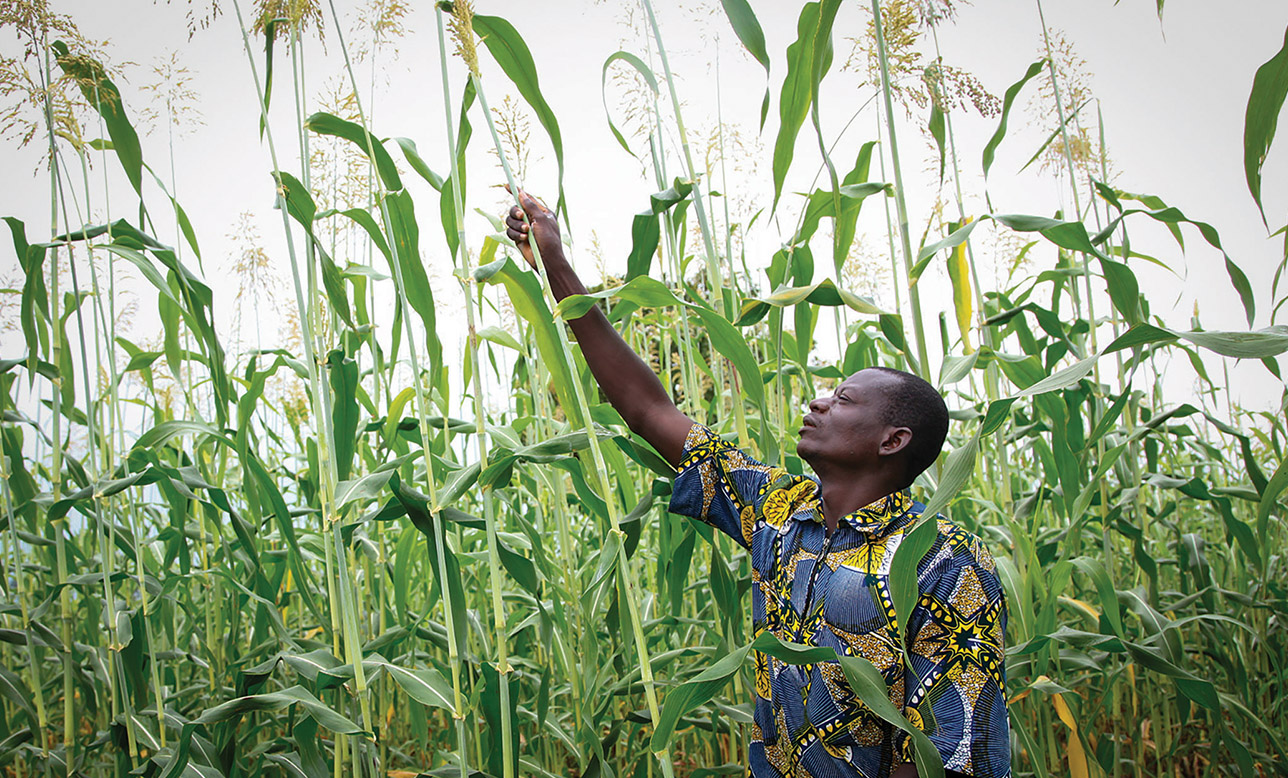The Suggested PIR Report Outline:
1. Executive Summary – including key findings and recommendations for policymakers
2. Introduction
-
Overview of BIOFIN
-
Background information on the Policy and Institutional Review, including abbreviated information on the context
-
The objectives of the PIR
-
Institutional arrangements and contributors to the report
-
The methods used to collect data and the structure of the report
3. Biodiversity Vision, Strategies
-
Summary of national visions and strategies for biodiversity
-
National development plans, green growth plans, etc. and the contribution of biodiversity and ecosystem services towards sustainable development in a country
-
Citations of existing economic, fiscal policy, and other studies, and information on how nature contributes to current GDP (and green GDP when available)
-
Summary of the availability of economic valuation evidence for the country, subdivided by sectors, ecosystems and households/communities/businesses whose value are affected.
-
Sectoral dependencies on, impacts on, risks to, and opportunities for, biodiversity
4. Trends, Drivers and Sectoral Linkages
-
Biodiversity-positive and negative trends in the country
-
Describe the drivers of change in biodiversity, including, institutions, policies and markets
5. The Biodiversity Finance Landscape
-
Overview of the national and state budget process and major government subsidies that impact biodiversity
-
Identification of biodiversity-based revenues
-
Summary of biodiversity finance solutions identified in the country
6. Institutional Analysis
-
Institutional arrangements between and among the institutions responsible for biodiversity-related finance
-
Biodiversity finance-related capacities and needs per priority organization
-
Stakeholder engagement plan
7. Summary of Key Recommendations
-
Overall conclusions and recommendations
-
Legal and policy recommendations
-
Changes in sectoral policies and practices that would help reduce biodiversity loss, and/or improve biodiversity finance
-
Institutional/organizational and capacity development recommendations
-
Observations on the potential of existing finance solutions
-
Opportunities for improvements in the budgeting and planning process
-
Key national entry points, including a rationale for their selection, and the associated agencies and organizations for each entry point
Technical Appendices can contain further detail, including from the:
8. Biodiversity Policy and Institutional Review (in table format where possible)
-
Details of the sectoral analysis
-
Detailed list and analysis of all policies, laws and regulations reviewed
-
Detailed list of all revenues inventoried
-
Detailed list and description of each government subsidy reviewed
-
Complete listing of all economic valuation studies
-
A summary description of all current finance solutions
-
Detailed list and description of all stakeholders identified and consulted throughout the PIR
9. Glossary of terms
This section should define all technical terms used in the report.
10. References
This section should include all references cited in the report, ideally with web links.
